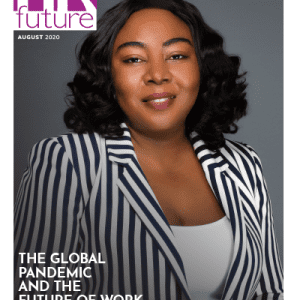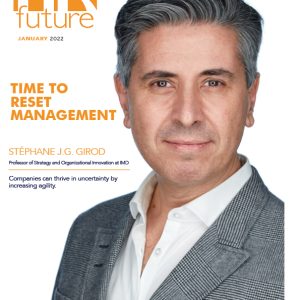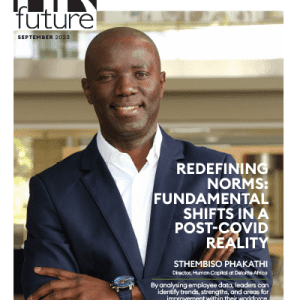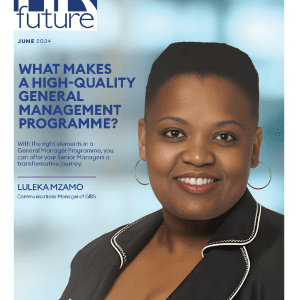When we consider the disruptive changes to traditional industries that lie ahead (in technology, autonomous cars, electric cars, insurance, real estate, electricity, 3D printing, health and longevity, Smart phones, agriculture, Bitcoin … ) if they have not already done so.
Businesses would be well advised to cultivate more agile leaders able to confront these challenges, which have the potential to wipe out whole industries.
Our world has become increasingly volatile, uncertain, complex and ambiguous. To succeed in today’s world, we have no choice but to master our ability to adapt and learn and learning agility is one of the most important competencies for today’s leader. Learning agility is key to unlocking our ability to adapt. But what exactly is learning agility?
According to research conducted by Korn Ferry International in which they assessed nearly one million executives. Learning agility is a competency or capability which describes any persons’ speed of learning. Business results depend on learning agility because leaders like this can solve complex problems, adapt easily and thrive in a constantly changing world, in turn, they will position their organisations for future success.
Learning agile leaders excel at absorbing information from their experiences, reflecting and then extrapolating from these to deal with new and unfamiliar situations. This enables leaders to learn something in one situation by gathering and making sense of patterns from one context and then using them in a completely new context. It is the ability to learn, adapt, and apply ourselves in constantly changing conditions. Learning agility isn’t like IQ. It’s more about the lessons you take from the experiences that you’ve had, and your ability to apply those lessons in new situations.
Leaders must have the ability to:
• integrate apparently unrelated pieces of information and ideas while making sense of them;
• develop innovative solutions from them;
• make decisions on the spot, even when they lack complete data;
• adapt, listen authentically and be open to sudden or unexpected change; and
• embrace the fact that other people’s ideas or situations are seldom “black” or “white” but more likely to be “grey.”
Korn Ferry International’s research identified seven distinct profiles from a sample of 1,245 individuals classified as highly learning agile, drawn from 25 companies across four global geographic regions. These were: problem solvers, thought leaders, trailblazers, champions, pillars, diplomats and energisers.
People who are learning agile seek out experiences to learn from; and enjoy complex problems and the challenges associated with new experiences because they have an interest in making sense of them. They perform better because they incorporate new skills into their repertoire. A person who is learning-agile has more lessons, more tools, and more solutions to draw on when faced with new business challenges or unfamiliar terrain.
However, regardless of which profile a leader belongs to, there are five dimensions that are crucial to all learning-agile leaders:
Mental agility: penetrating complex problems by critical thought and expanding the possibilities by making fresh connections;
People agility: being able to harness and multiply collective performance by understanding and relating to other people and the challenge of tough situations;
Change agility: being curious, dealing effectively with the uneasiness created by change and enjoying experimentation;
Results agility: inspiring teams to deliver excellent results in unique situations and building confidence in others by demonstrating a personal ”presence”; and
Self-awareness: being thoughtful, understanding one’s own capabilities and their impact on others.
If businesses develop their key talent across the above dimensions, they can activate enduring human and strategic potential. This becomes increasingly important when one considers that only 15% of the global workforce is classified as being highly learning agile.
There are some excellent resources available to assist businesses in the accurate measurement of learning agility and developing their leaders. Each consulting organisation offers its own proprietary assessment to measure learning/leadership agility.
Businesses can then make sure that these individuals are the ones that move through the leadership pipeline.
Being open to experience is fundamental to learning. Those individuals who become defensive when challenged or given critical feedback tend to be low in learning agility. In contrast, the high learning agile individual actively seeks out feedback, processes it as constructive criticism and then adapts according to their new understanding of themselves, their situation and the problems they need to face.
When we consider the disruptive changes to traditional industries that lie ahead (in technology, autonomous cars, electric cars, insurance, real estate, electricity, 3D printing, health and longevity, Smart phones, agriculture, Bitcoin … ) If they have not already done so, businesses would be well advised to cultivate more agile leaders able to confront these challenges, which have the potential to wipe out whole industries.
Although our understanding of learning agility is growing, the research is still in its infancy. It is imperative for practitioners to continue to evolve our understanding of the concept and to seek better clarity about what learning agility is, how it can be measured and what learning individuals do that differentiates them from others. Ultimately this work will help them to assess, select and develop high potential talent more effectively within their organisations. Through a better understanding of learning-agile behaviour, individuals and businesses can unleash their leadership potential.
Susi Astengo is the Managing Director of CoachMatching.








